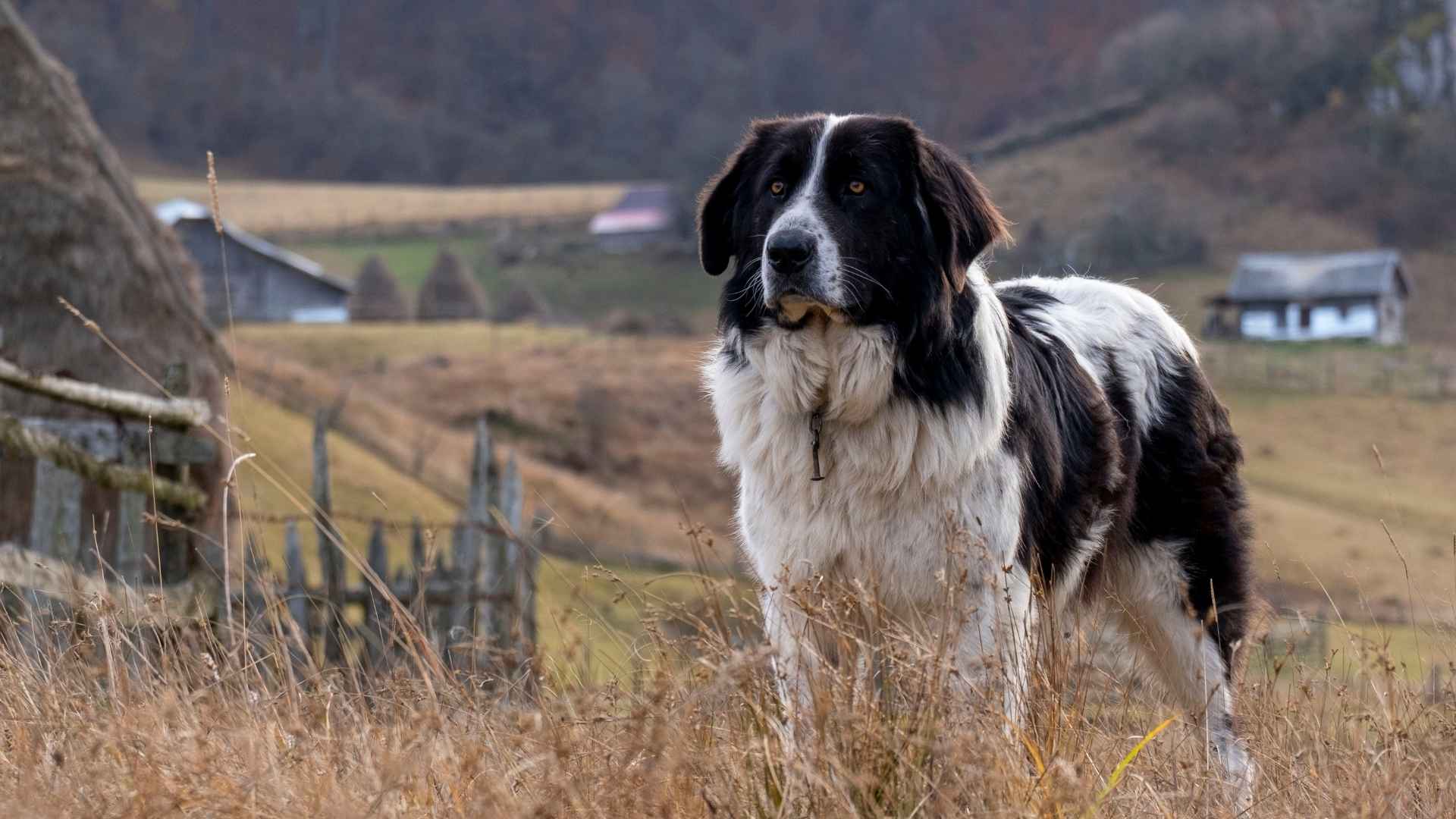The protection of livestock and property stands as the primary concern for residents of rural areas where peaceful country life intersects with natural unpredictability. Farmers and ranchers face actual dangers from predators such as coyotes, wolves, and mountain lions, which makes the presence of a dependable guard dog essential rather than optional.
Research showed that LGDs proved to be highly effective since their deployment resulted in a substantial decrease in livestock predation losses. Farmers experienced a 43% decline each year in lamb losses to coyotes after deploying these dogs.
In this blog, we will explore which guard dog breeds excel in rural and remote settings by looking at their distinct characteristics and proper training requirements.
Guard Dog Breeds For Rural And Remote Areas
1. Great Pyrenees
The Great Pyrenees stands out as the perfect example of “gentle giants”. The Great Pyrenees can weigh as much as 165 pounds and reach heights exceeding 31 inches. These dogs exhibit nocturnal behavior, which they received from their historical role as livestock protectors against predators like wolves and bears in the Pyrenees Mountains.
These dogs prove to be superb nighttime guardians for rural properties through their nightly patrols. According to Hillspet, the thick double coats enable Great Pyrenees to survive well in cold weather conditions. Their love for snow is so strong that bringing them indoors after a snowfall requires persuasion.
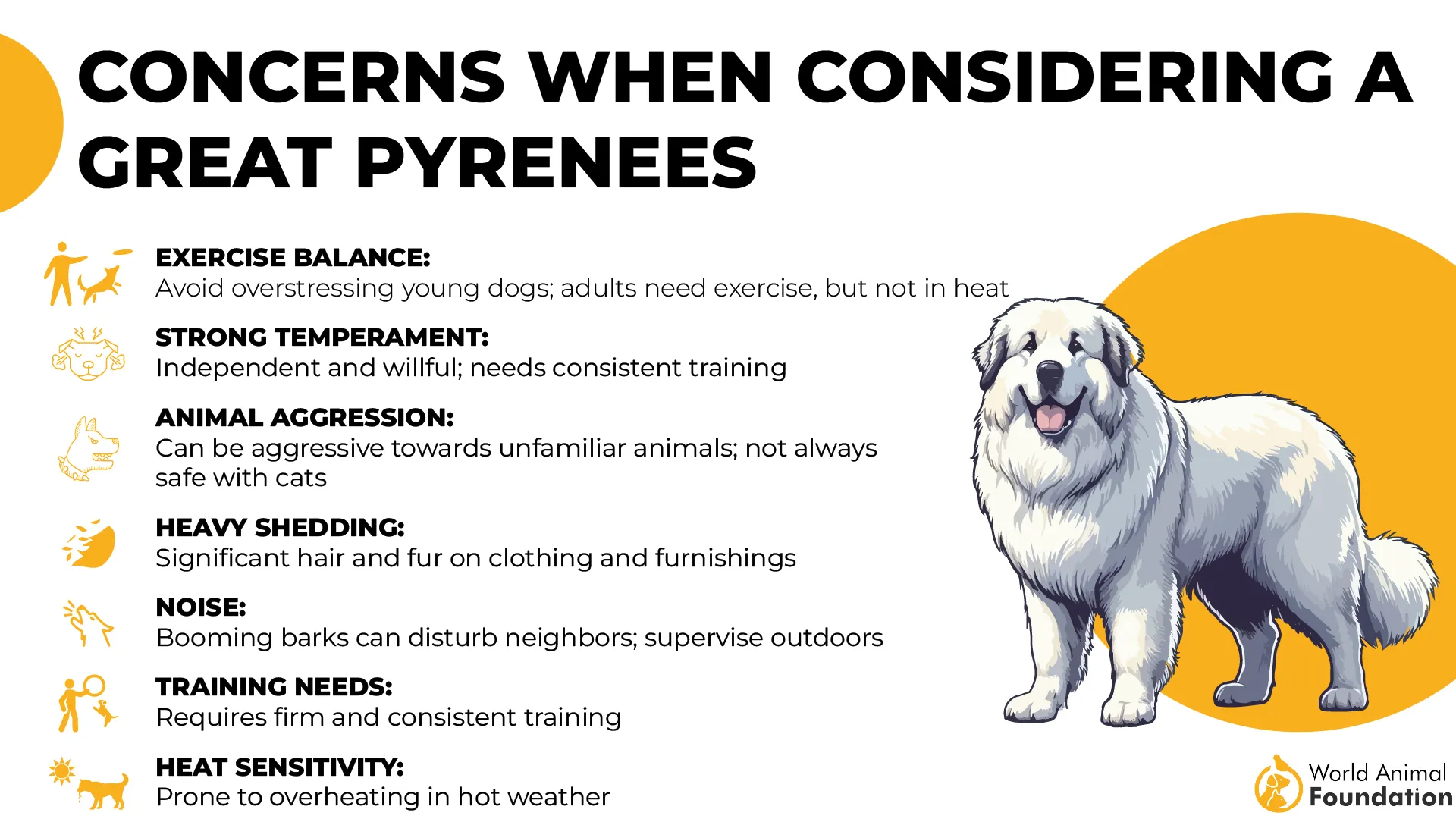
The breed displays an intense protective behavior towards unwanted visitors who approach their territory. As natural protectors, these dogs stand as primary defence against both human and animal intruders.
2. Anatolian Shepherd
The Anatolian shepherd represents one of the oldest known dog breeds that traces their origins back 6,000 years. For thousands of years, these dogs were developed in Turkey’s rugged mountain regions to protect livestock from predators like wolves, bears, and jackals. The dense fur and robust body structure of Anatolian shepherds enable them to endure extreme weather conditions.
Anatolian Shepherds maintain their large size with minimal food, as they can flourish on basic lamb and rice meals. According to the American Kennel Club (AKC), these animals require minimal grooming throughout the year but become more demanding during their seasonal shedding times.
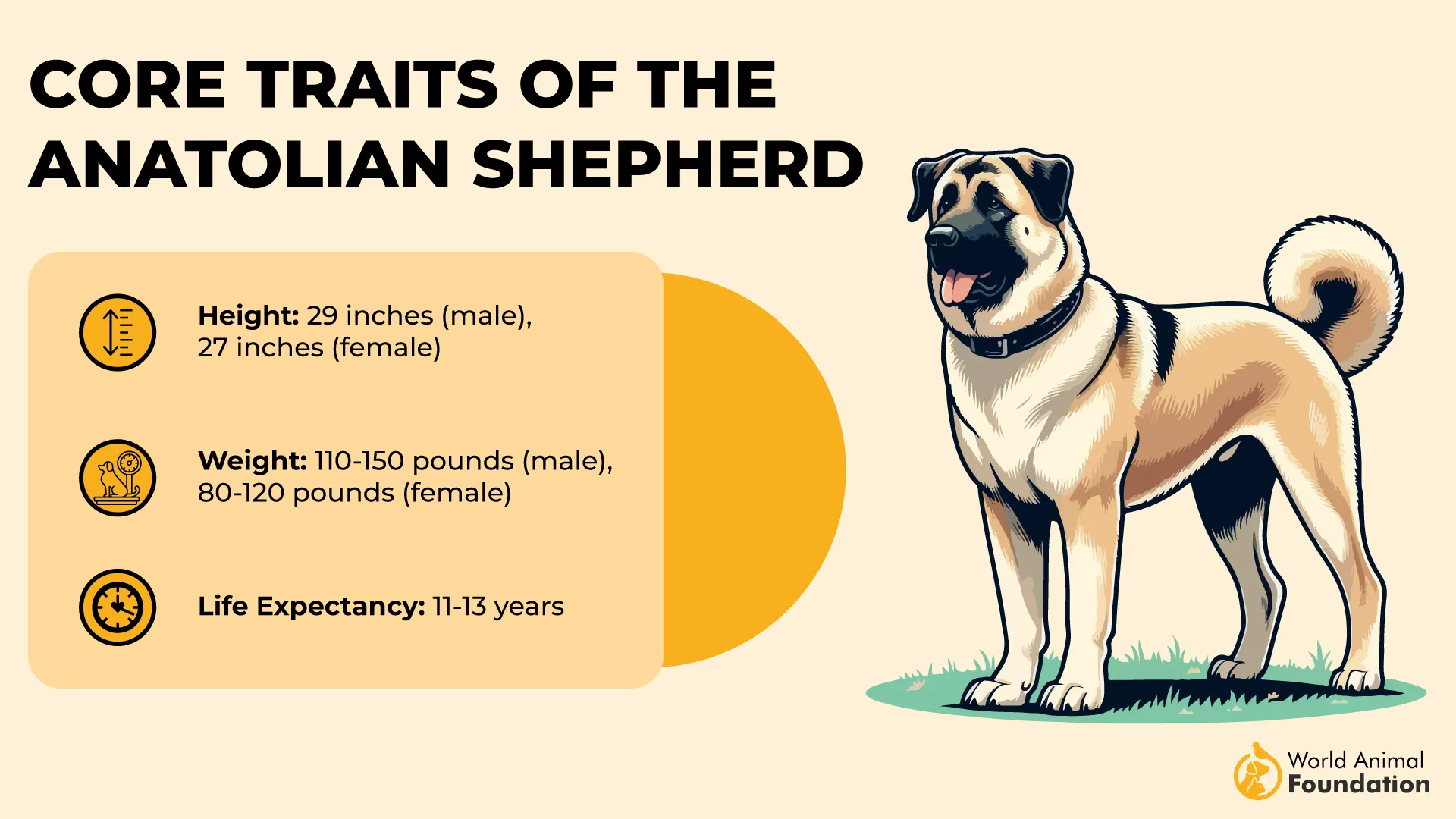
These dogs are not couch potatoes; they need purpose through activities like sheep protection or homestead patrol, and they also enjoy carrying packs during long hikes.
3. Turkish Kangal
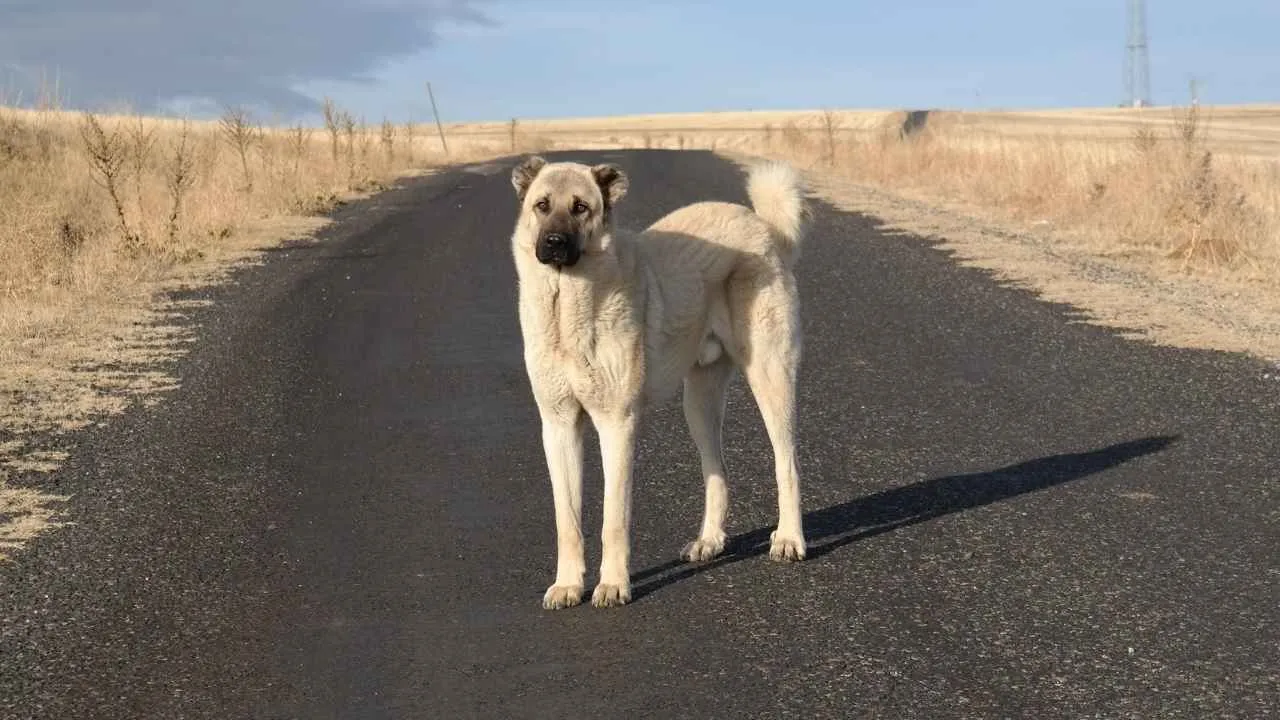
Kangals have earned such a special place in Turkey that they now hold the status of national treasure. These courageous dogs guard livestock while Turkish postage stamps and monuments honor them.
The Kangal holds the title of heavyweight champion in the dog world because its bite force surpasses that of a lion. Kangals only display their powerful jaws when there is a true need for them to do so.
Their black facial mask stands out as a defining feature that contributes to their mysterious and regal presence. They seem perpetually prepared for an opulent masked event. The thick curled tails of these large dogs demonstrate their self-assured nature. When a Kangal holds its tail high, you can tell it is vigilant and guarding either the flock or family.
4. Tibetan Mastiff
The Tibetan Mastiff served as more than just a dog because it represented both wealth and power. These brave Tibetan dogs held such high value in ancient Tibet that people used them as money to exchange for tea, grains, and precious metals. Tibetan Mastiffs were originally bred to protect livestock and property in the difficult Himalayan environment, and they possess powerful guarding instincts.
The large stature of these dogs, combined with their deep barking sound, keeps trespassers away, which makes them superb guard dogs for large properties. With regular training, these dogs develop into both strong defenders and loyal friends for people who know the breed well. Tibetan Mastiffs, which hold historical importance, are gradually vanishing from Ladakh and similar areas.
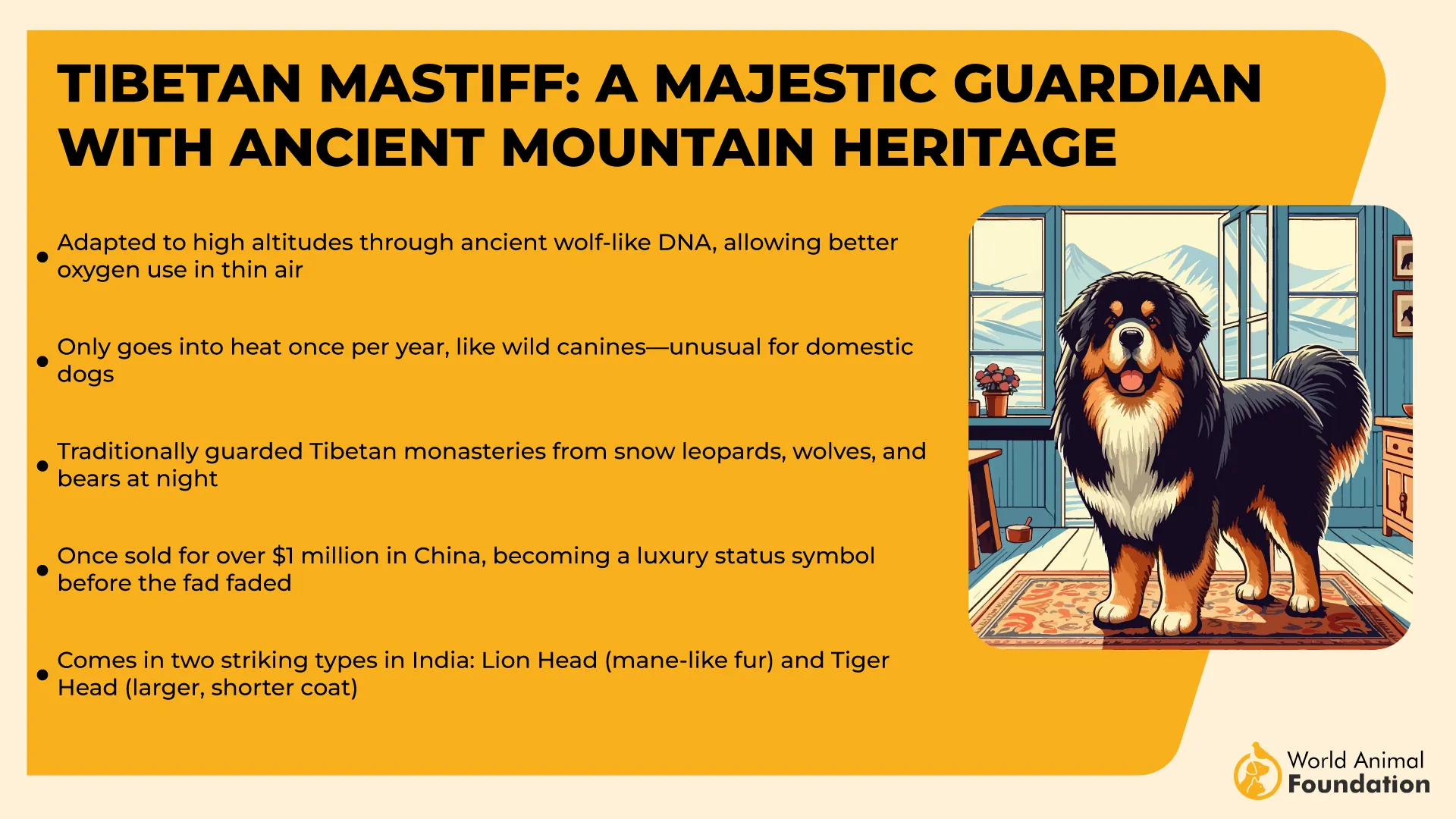
Changes due to modernization and modern lifestyles, along with decreased dependence on livestock, have decreased their traditional uses.
5. Maremma Sheepdog

On Middle Island, Australia, Maremma Sheepdogs were used to safeguard the declining population of penguins. The combination of their innate protective instincts and steadfast loyalty transformed them into excellent guardians while demonstrating their adaptability beyond conventional livestock security tasks. These dogs demonstrate their independence through their ability to make decisions.
Compared to other breeds that need constant human direction, these working dogs evaluate situations independently, which makes them essential in remote locations where people cannot always be on hand. Patience and understanding during training develop Maremmas into trustworthy guardians who become amazing pets.
6. Boerboel
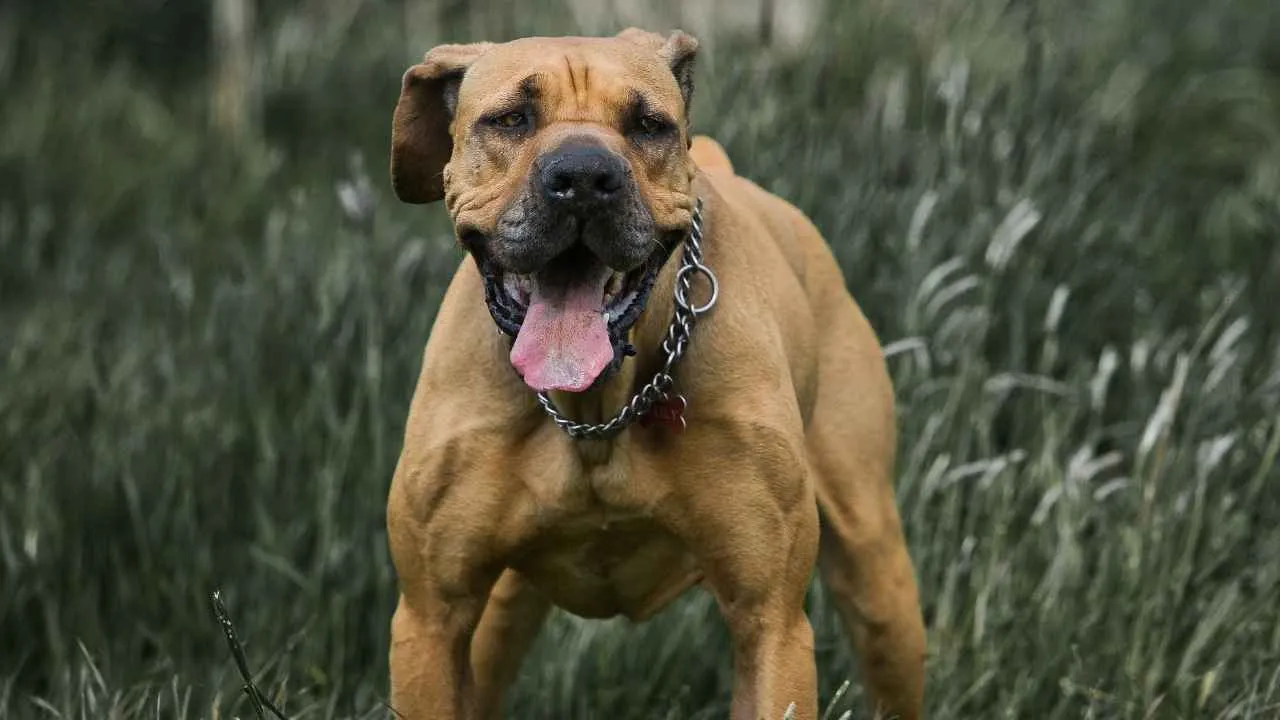
South African settlers of Dutch, German, and Huguenot descent developed the Boerboel dog breed in the 1600s. The Boerboel breed includes big, muscular dogs that stay alert because of their territorial behavior, which serves to protect their family and territory.
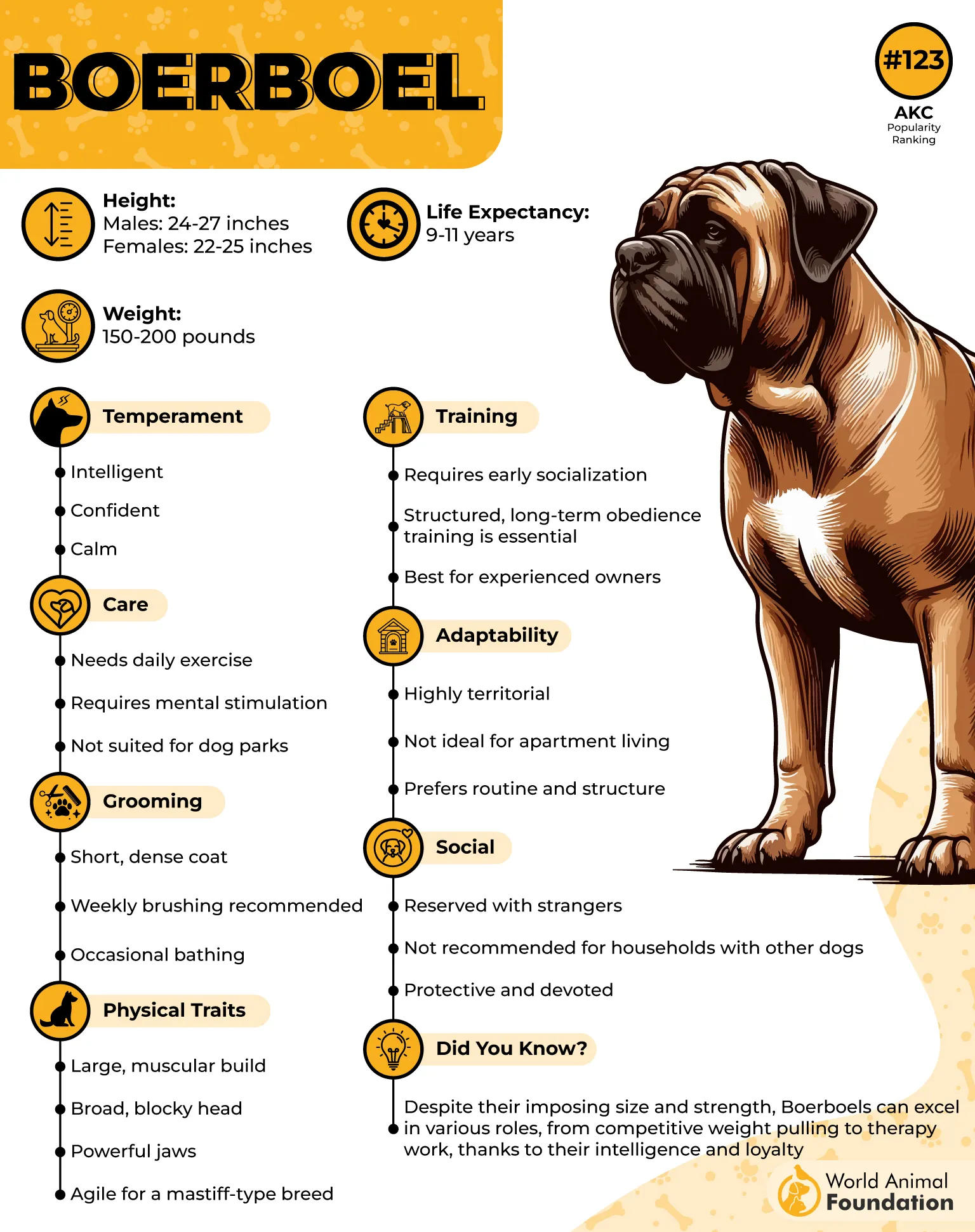
They can be tricky for first-time dog owners. Boerboel needs extensive roaming space and works best in rural areas with secure, large yards.
Their background as farm dogs has made them perfect for remote living because they can function as both guardians and friends. According to WebMD, their easy-care coats and moderate exercise demands create a practical choice for these kinds of environments.
7. Central Asian Shepherd
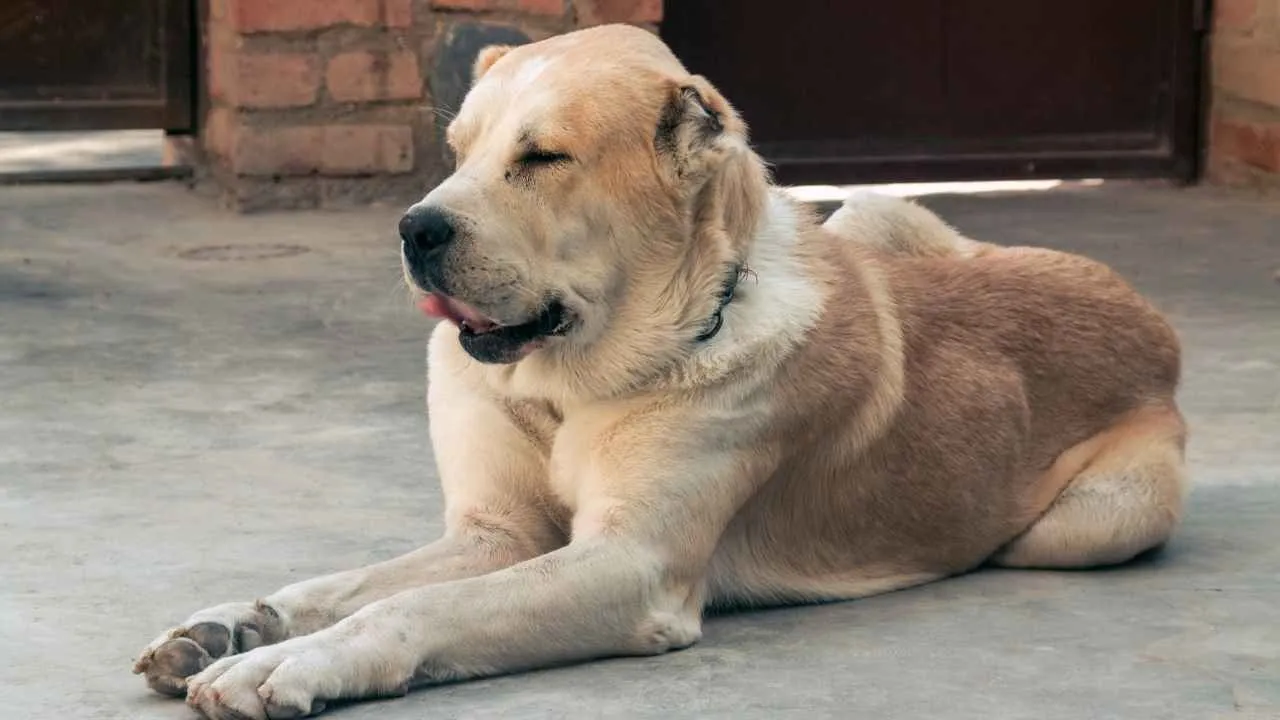
The Central Asian Shepherd Dog or Alabai descends from a lineage dating back more than 5,000 years. These dogs developed in present-day Turkmenistan, Afghanistan, and Iraq while naturally evolving to display resilience, power, and permanent loyalty. Central Asian Shepherds exhibit optimal performance in rural and isolated regions because they were bred to work independently.
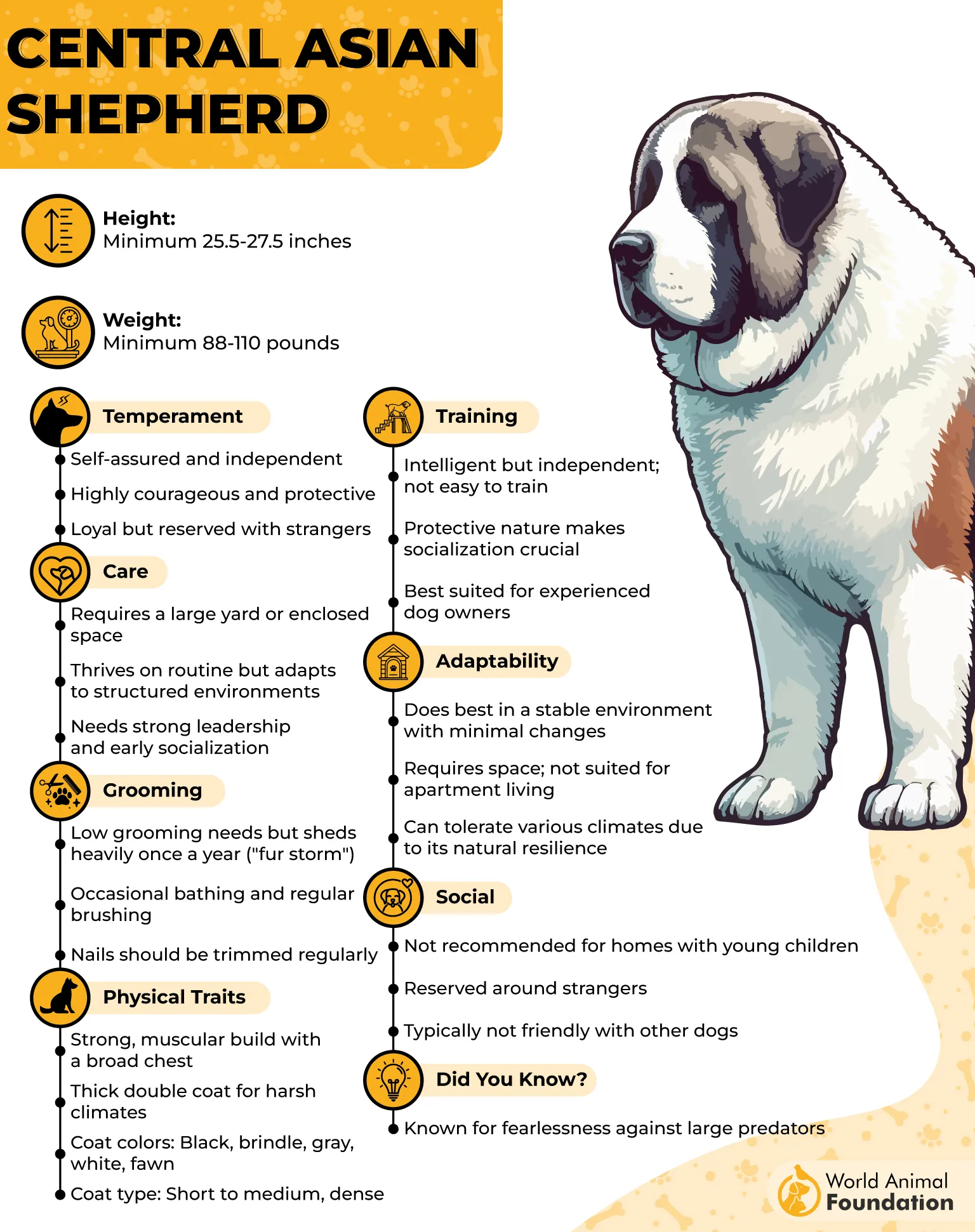
According to PetMD, these dogs stand out as working dogs because they can decide without any instructions, which proves essential in environments with frequent wild animal threats.
The requirement for ample space, along with purposeful tasks and mental challenges, makes them ideal companions for owners who can accommodate their working dog lineage.
Conclusion
The combination of living in remote areas and having a good guard dog creates a protective advantage for homeowners. These dogs function as protectors but truly excel as great companions when they receive consistent training and regular grooming along with strong human bonds. The most suitable farm dogs and family dogs match both your living conditions and your way of life.
Most dog breeds exhibit protective behavior, although they differ in their ability to handle rural living conditions. If you want a dog for your area, these working dogs are naturally protective because they require constant human interaction while also acting as your best friend.


